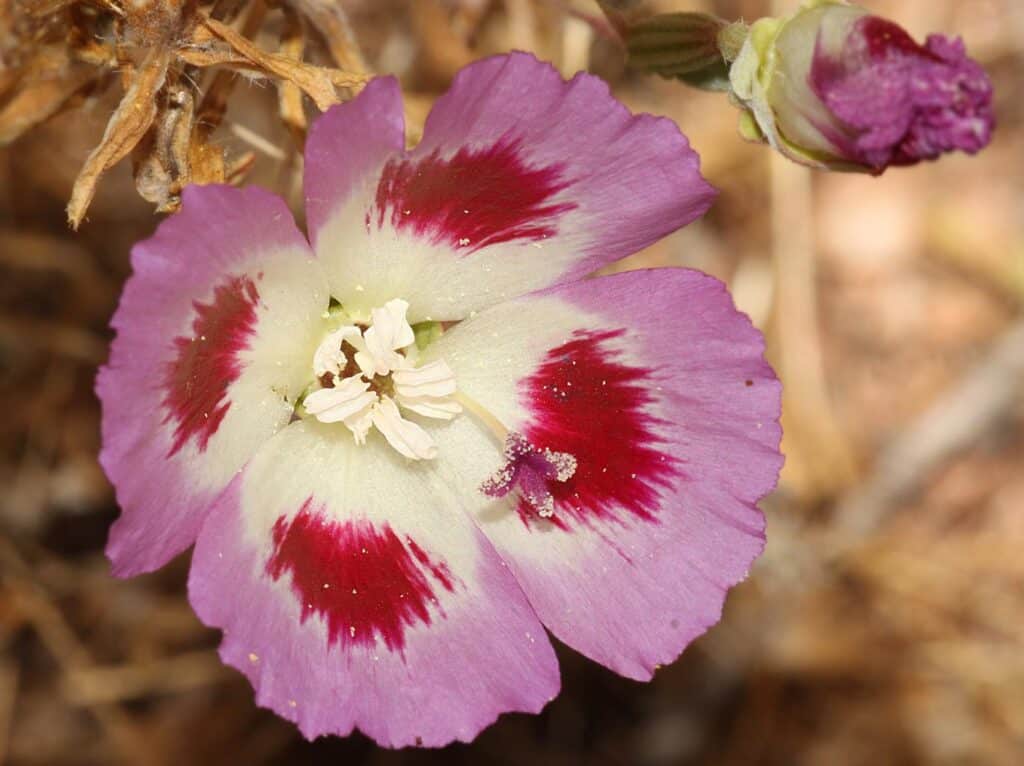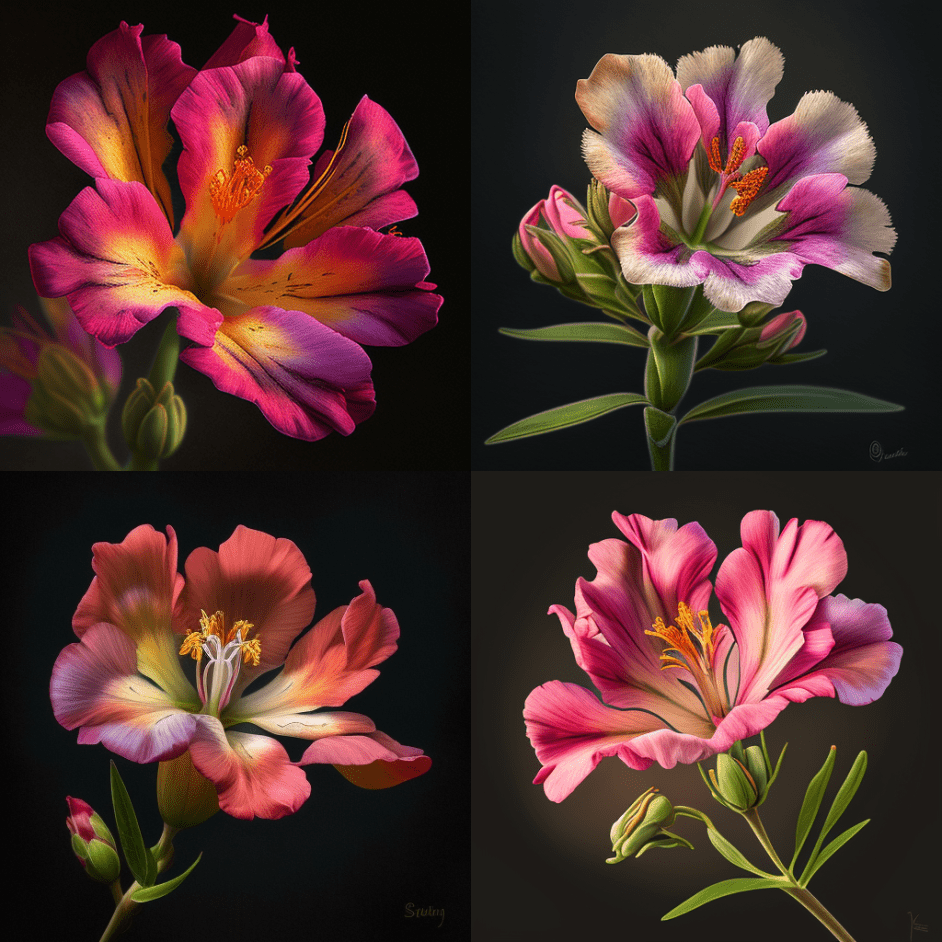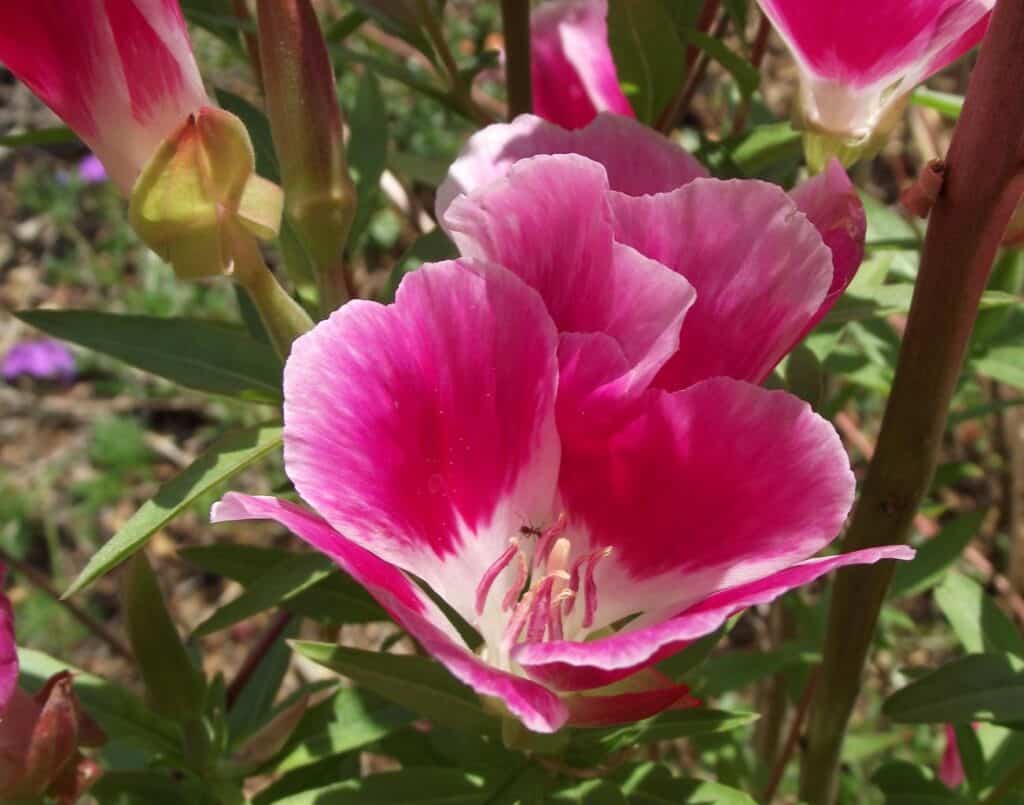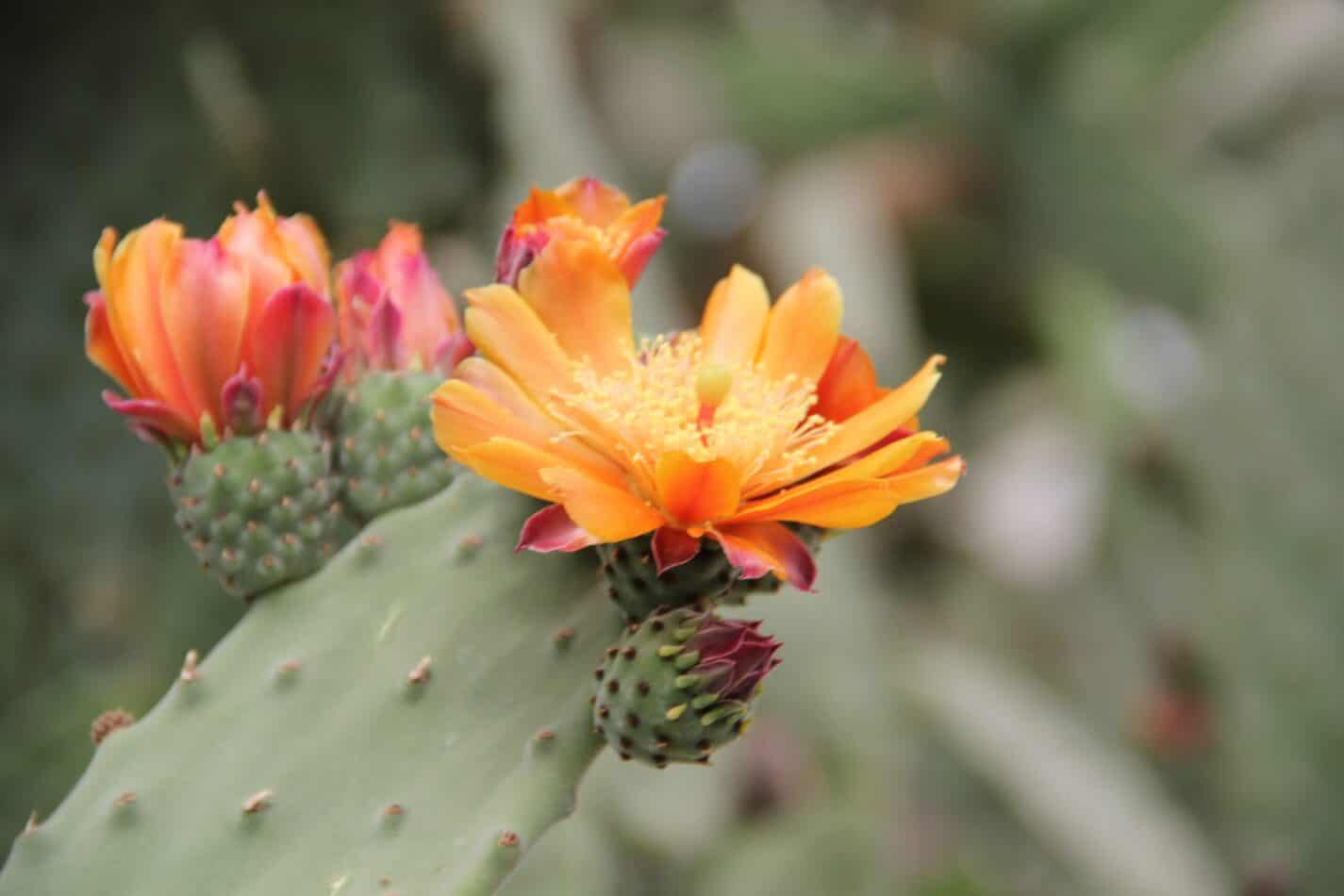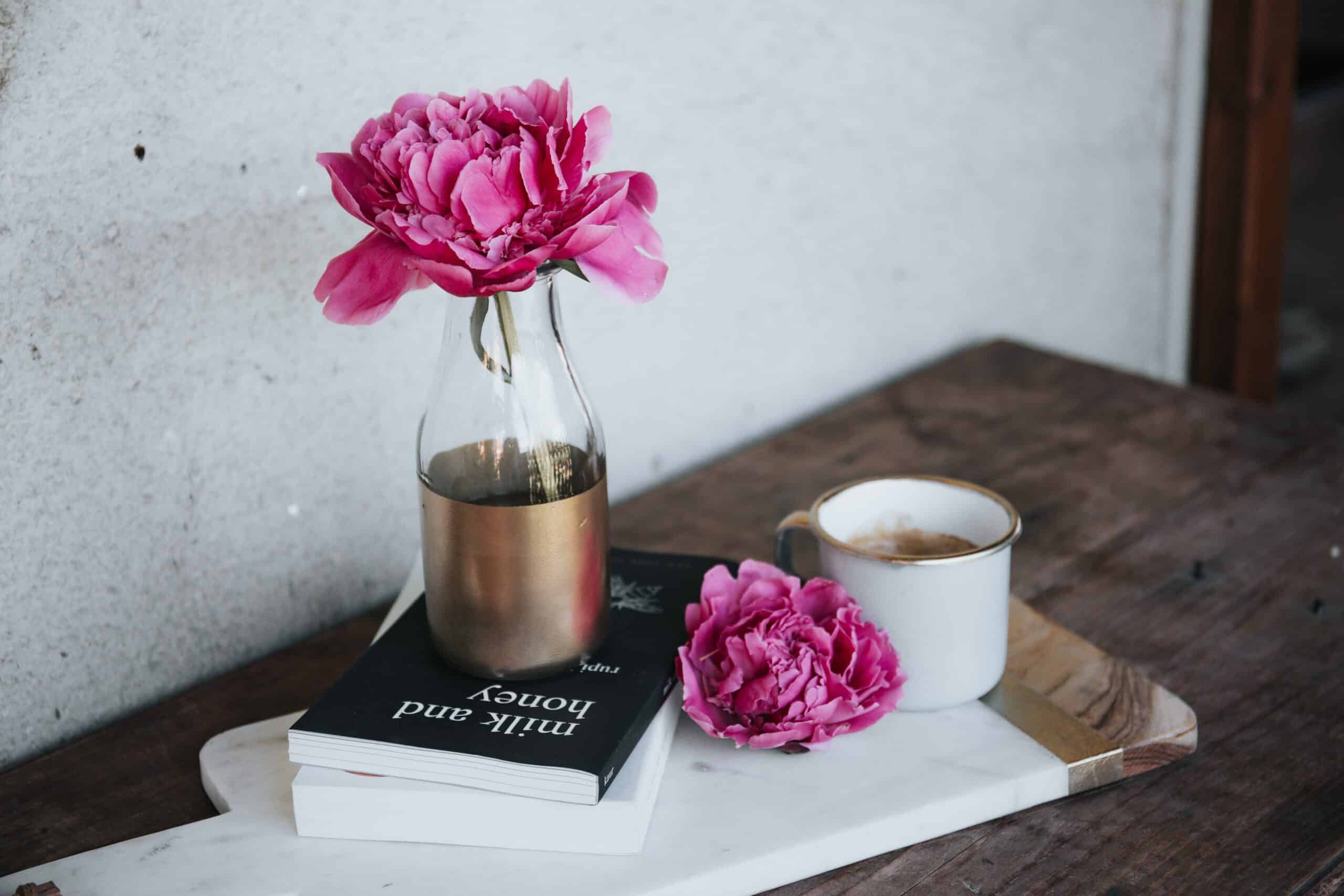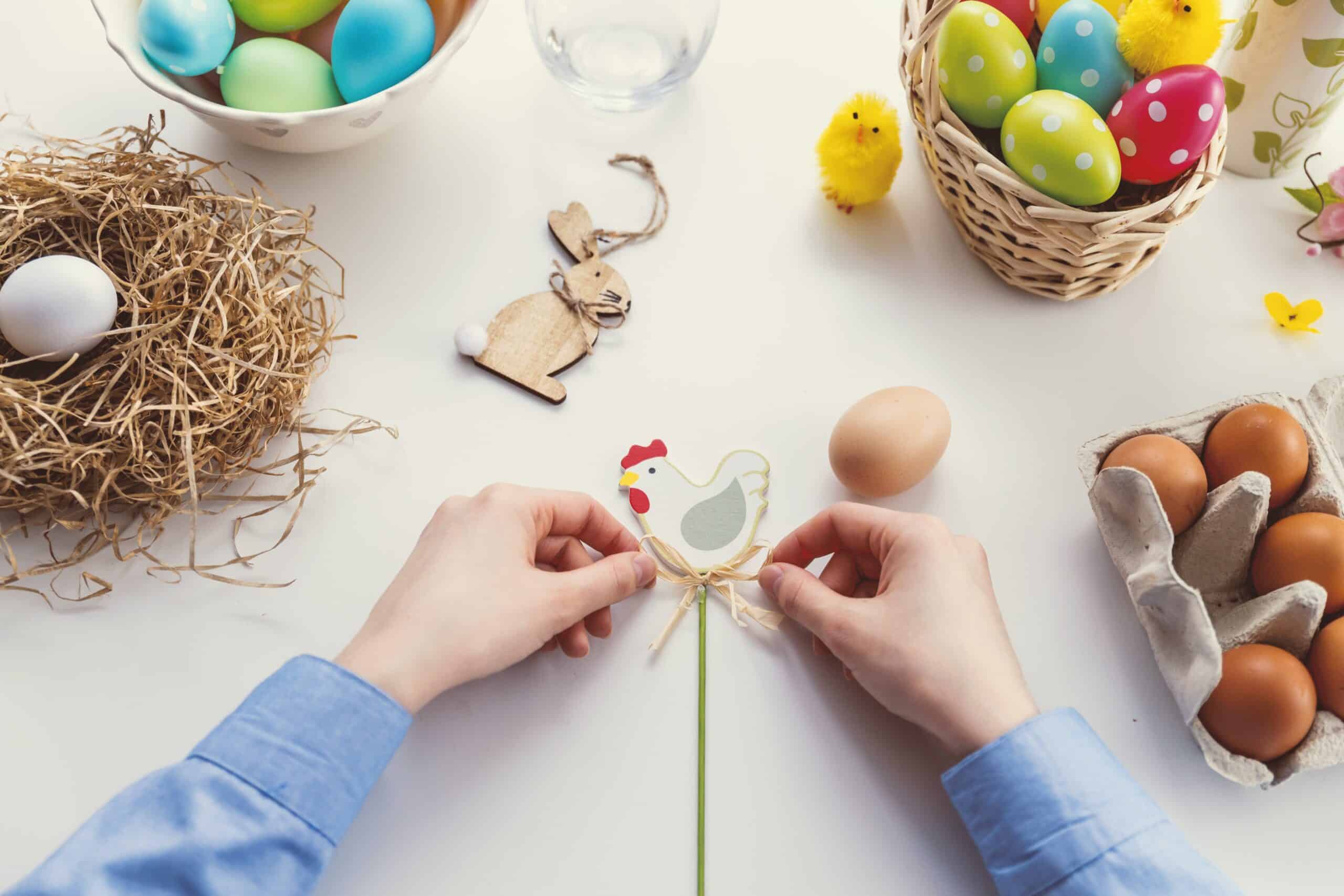Have you ever wondered how to grow godetia? This comprehensive guide covers everything from planting and caring for Godetia to the best techniques for achieving vibrant blooms. You can read on to learn how to grow this beautiful flower in your backyard. Together with Lillies and Roses, Godetia is one of the world’s most popular and beautiful flowering plants. These flowers bring vibrant colors and delicate scents to any garden, and with the right care and maintenance, they can thrive for years to come. Growing Godetia may seem intimidating, but with a little patience and knowledge, anyone can have a stunning garden filled with these lovely blooms. In this article, we’ll guide you through the basics of planting, care, and maintenance so you can successfully grow these radiant flowers in your garden.
Godetia is a beautiful flower that grows well in warm climates. It has long stalks and large white flowers.
These delicate plants are native to Europe. They are now grown worldwide because they produce lovely blooms. Godetia requires full sun and average soil conditions. If you live in a cold climate, consider growing them indoors. You can discover the secrets of successfully growing Godetia flowers in your garden.
Fun Facts:
- Godetia satins are used in making perfume.
- They are also known as “the Queen of Flowers.”
- There are over 500 species of Godetia worldwide.
- In China, they are called “The King of Flowers.”
- The word ‘Godetia’ is derived from the Latin ‘Godea.’
How to Grow Godetia
1) Plant them in a sunny location with good drainage and well-drained soil.
2) Water regularly during dry periods.
3) Keep the soil moist but not soaking wet.
4) Fertilize once every two weeks with a balanced PH fertilizer.
5) Prune back hard stems when they begin to grow too large.
6) Remove spent flowers before new ones appear.
Godetia is easy to grow plants that produce beautiful blooms. They bloom well in full sun and do best in average soil conditions.
Growing Godetia from Seed
Godetia is one of the easiest plants to grow indoors. You can start it directly from seed and plant it outside once it is big enough. This article explains how to do both.
You can find Godetia seeds online. They usually come in small packets containing 10 to 20 seeds. Choose a large pot for the number of seeds you plan to sow. Fill the pot with soil and place the seeds evenly inside. Cover the pot with plastic wrap and keep it warm and moist. Keep the soil damp by sprinkling water every day. Once the seeds germinate, move the pots into a bright location where you can see them easily.
When the seedlings sprout, thin them out to about four inches apart. Water regularly to prevent the roots from drying out. After three weeks, the seedlings should be ready to go outside. Plant them in full sun, preferably in rich, fertile soil. Keep the soil dry out while waiting for the seedlings to emerge.
If you prefer, you can buy pre-germinated godetia seedlings. These are already potted up and ready to go. Just choose a pot large enough for your needs and fill it with good quality potting mix. Place the seedlings in the pot and cover them with soil. Make sure the soil stays wet during the transition period.
Once the seedlings have grown enough, you can transfer them to larger containers. As long as the soil doesn’t dry out too much, you shouldn’t have any problems.
- Cultivation
Godetia is easy to cultivate and does best in pots. They prefer full sun and average temperatures of 10°C/50°F. In the winter months, they like it slightly warmer.
A good potting medium should consist of peat and sand, which helps prevent root rot. You can use composted manure too.
Plants should be watered regularly during drought periods.
- Watering
Godetias need regular watering. During hot weather, water more often. When the temperature drops below 15°C/59°F, give the plants less frequent attention.
- Reproduction
Godetias flower all year round. The flowers last only a few days, so don’t expect to get many blossoms if you wait until late spring or early summer.
The flowers are produced on short stalks called pedicels. Each flower has five petals and five sepals. The petals look similar to those of other daisies. The sepals are greenish-yellow and surround the base of the flower.
The fruit is a capsule filled with tiny seeds. It’s not edible but attracts birds and insects.
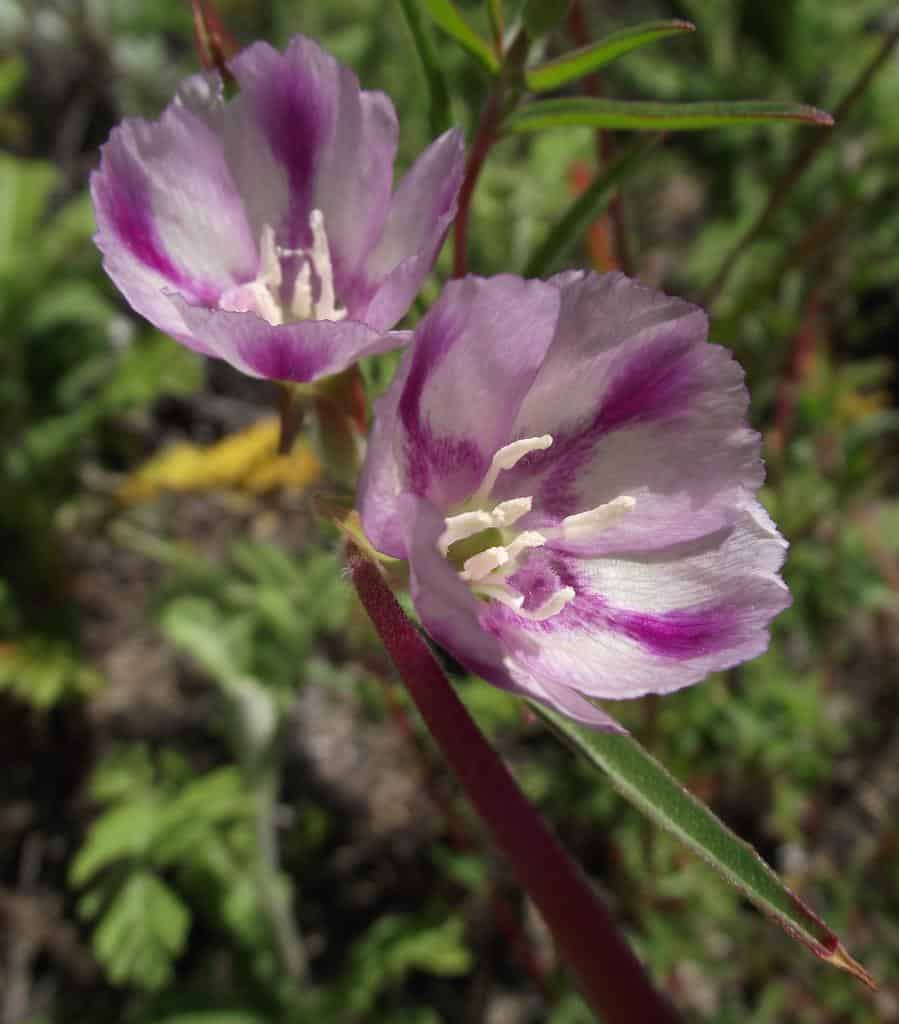
- Temperature
Godetias thrive at temperatures between 5°C/41°F and 25°C/77°F. Temperatures above 30°C/86°F will cause the leaves to wilt.
- Light
Godetias require plenty of light. Full sun is ideal, but they also tolerate partial shade.
- Humidity
Keep the humidity level high. Plants that receive little moisture tend to grow slowly and produce fewer blooms.
- Soil pH
Godetias prefer acidic soils, with a pH value of 4.5 to 6.0. If the soil is alkaline, the plant may develop leaf spots.
Diseases and pests
Godetia is affected by Peronospora parasitic and rust fungus. These diseases can cause yellowing and dwarfism. Pesticides that control these diseases include carbendazim, thiram, mancozeb, copper oxychloride, captan, and propiconazole.
Viral diseases can cause yellowing. Symptoms include leaf curling, stunting, mottling, mosaic, necrosis, chlorosis, and deformation. Some viruses can cause dwarfism. Symptoms include stunted growth, small leaves, and delayed flowering.
What we love from Amazon this week
Buy these wonderful flowers directly from Amazon:



